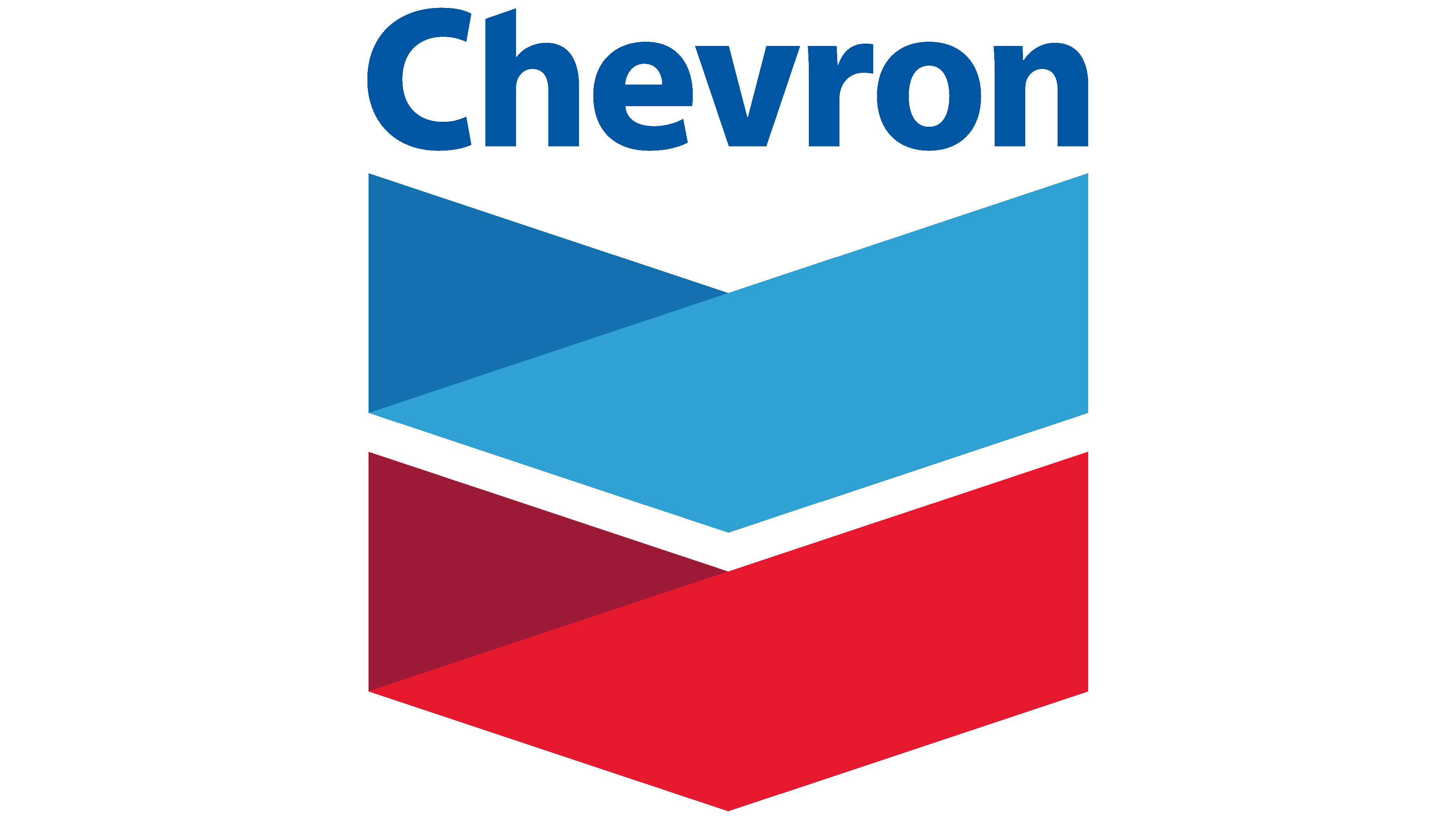Preparing students for higher education and the workforce is an important goal of school districts. In Texas, this takes many forms, with two of the most widespread programs being career and technical education (CTE) and high school endorsements. Both programs provide rigorous academic content in particular areas of specialization that are relevant to postsecondary education and the workforce.
In 2023, the Kinder Institute's Houston Education Research Consortium conducted a comprehensive study on Houston-area high school graduates’ participation in CTE career clusters that found CTE graduates had higher postsecondary enrollment rates, formal employment rates and earnings after high school. A separate HERC study on high school endorsements showed a positive association between endorsements and college outcomes.
This paper expands HERC’s research by exploring the connection between CTE and endorsements, particularly the STEM endorsement, with a focus on the overlap between student participation in these programs.
Key findings
- While the sequence of courses required to complete endorsements is shorter and broader than that required to complete a CTE program of study, there is significant overlap in the coursework.
- Certain endorsements can be attained by completing a combination of courses from different subject areas. Because of this, many of the graduates from the sample attained multiple endorsements, with the 44,901 graduates receiving a total of 70,553 endorsements.
- Over a quarter of graduates received a STEM endorsement, and most of them did not participate in the STEM CTE career cluster.
- There is student interest in taking interdisciplinary academic paths. Only 15% of students who attained a STEM endorsement also competed a STEM CTE program. Those from the Health Science CTE career cluster (20%) and non-CTE graduates (21%) made up the largest proportions of STEM-endorsed graduates.
- There were clear geographical differences in STEM engagement across the Houston area. Districts on the west side of the Houston area had higher concentrations of STEM engagement than others, possibly due to the area's geographical proximity to the Energy Corridor with its high concentration of STEM-based job opportunities. “STEM deserts”—areas where schools offer limited access to STEM endorsement paths or courses—are more common in the southern and eastern parts of Houston ISD.
This research was supported in part by Chevron.





